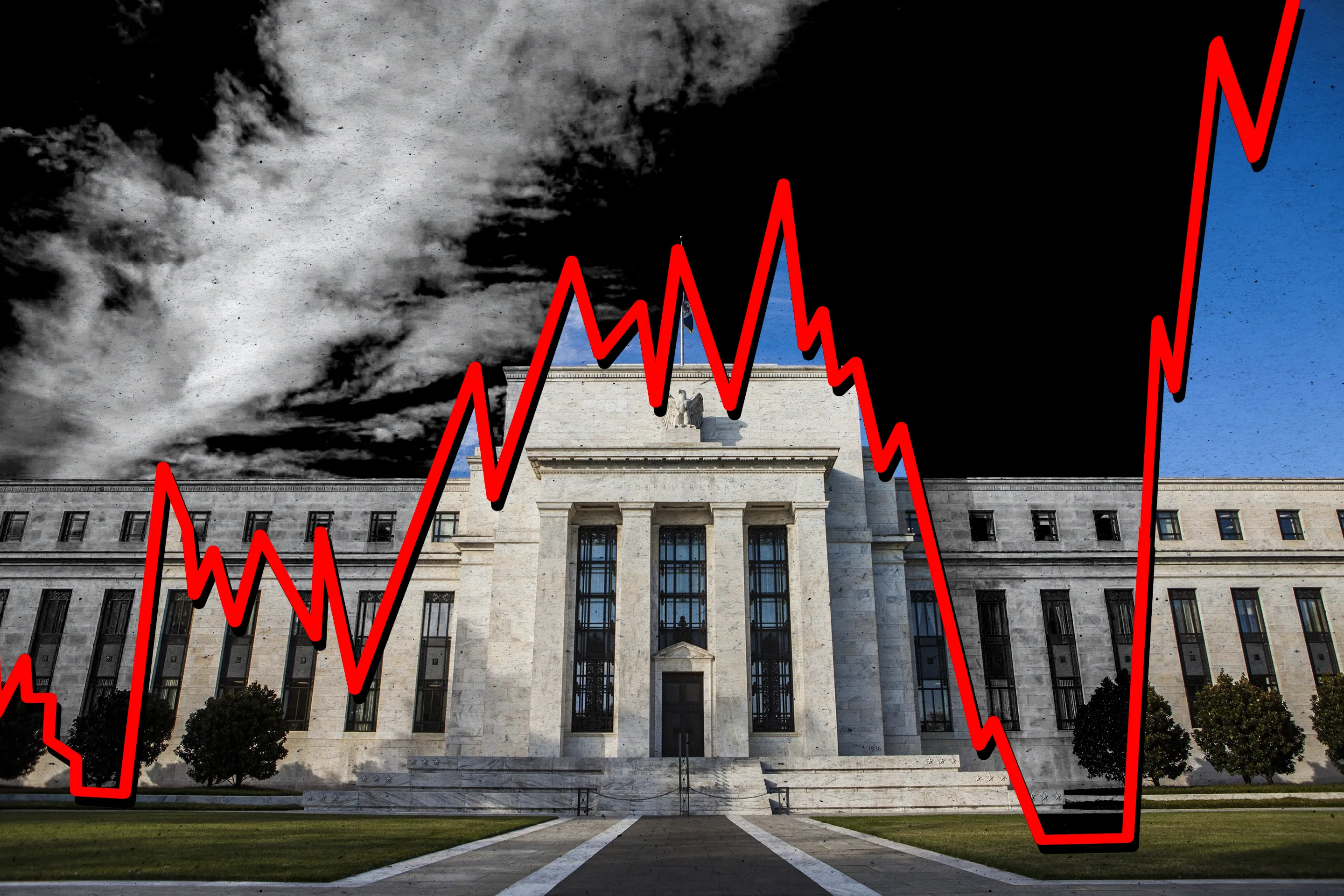Historically, falls in stock-market volatility do not predict rate cuts, according to a Wall Street analyst
A closely watched gauge of expected stock-market volatility isn't backing up investors' expectations of a pivot to rate cuts by the Federal Reserve, one Wall Street analyst said Wednesday.
In a report from Dow Jones Market Data, the Cboe Volatility Index closed Tuesday at 16.83 points, its lowest finish since Jan. 3, 2022. Over the next 30 days, an options-based index measures S&P 500 volatility expectations. Around 20 is its long-term average, but it remains well below this level.
The rub here is that traders believe there is a 93% chance the Fed will lower rates after one more hike in May (which is seen as a roughly 86% chance). In a Wednesday note, Nicholas Colas, co-founder of DataTrek Research, noted that historically, the Fed has cut interest rates only when stock-market volatility rises rapidly as a result of a geopolitical shock or an impending recession.
According to Colas, this is the real 'Fed put'.
When the stock market plummets, the proverbial Fed put suggests they will cut rates. Put options are instruments that allow the holder to sell an underlying asset at a set price by a certain date, but not the obligation to do so. If the asset's price falls, a put option acts as a hedge.
In the short term, the VIX does not indicate that the Fed put is likely to be exercised. It is common for the Fed to cut rates at the time of a spike in the VIX, but it does not always do so, Colas confirmed. These instances include right after the 1990 Iraqi invasion of Kuwait, during the 1998 Asian Economic Crisis, when the recession started in 2002 and 2008, and when the pandemic began in 2020.
However, there are some exceptions. During the 1990s dot-com bubble, higher fed funds rates were associated with elevated volatility. In another case, the VIX rose last year as Fed Chair Jerome Powell and policymakers sought to reduce consumption and investment by encouraging stock-market volatility.
While indexes remain near their highs of the year at the beginning of the first-quarter earnings season, volatility expectations have fallen. Dow Jones Market Data reported that all three indexes moved less than 0.1% on Tuesday, the first time since Nov. 15, 2021, that all three indexes changed less than one-tenth of one percentage point.
"The current VIX is below 17 and has marked a fresh low this week, indicating that the market does not require a rate cut from the Federal Reserve," Colas said. “It will, therefore, be necessary to see greater volatility between now and the Fed's expected rate cuts later this year to put the Fed in a position to act. Otherwise, why should the Fed act?"

Subscribe to our newsletter!
As a leading independent research provider, TradeAlgo keeps you connected from anywhere.








